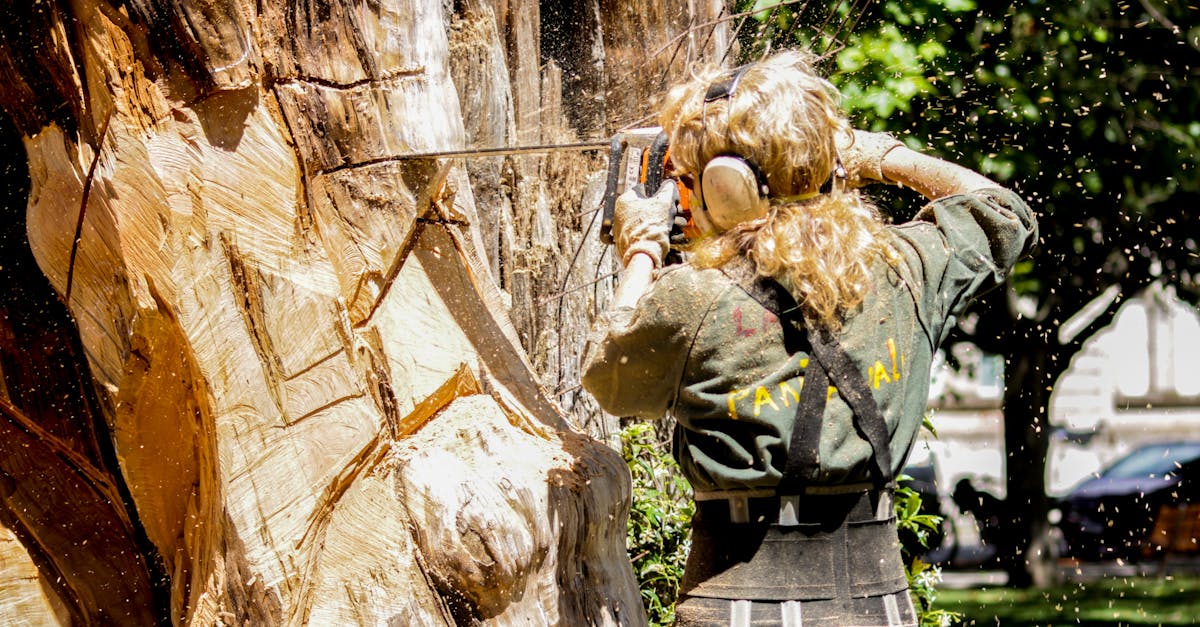Garden Design

Garden Design
As homeowners increasingly seek to enhance their outdoor spaces, the Lawn care industry trends are playing a pivotal role in shaping how yards are designed and maintained. With a growing emphasis on sustainability and low-maintenance solutions, professionals in the landscaping sector are adapting to cater to these evolving preferences. From drought-resistant plants to innovative irrigation systems, the current trends reflect a deep understanding of both aesthetic appeal and environmental responsibility.
In the quest for the perfect outdoor oasis, consumers are looking to integrate the latest lawn care industry trends into their landscaping projects. This includes everything from hardscaping elements that provide structure to organic gardening practices that promote biodiversity. By embracing these trends, homeowners can create vibrant and sustainable gardens that not only beautify their properties but also contribute positively to the environment.
Using Paving in Your Landscaping
Using hardscaping in your garden design brings stability and functionality. Materials like pavers or flagstone can form pathways, patios, and retaining walls that improve the overall look of your landscape. Such design allows for more effective drainage and minimizes soil erosion, which is essential for maintaining healthy plants and a vibrant garden.
Moreover, hardscaping can serve as a backdrop for vegetation, creating the stunning contrast that showcases both the durable and delicate elements of your space. Using features like outdoor seating can create inviting areas for relaxation and entertainment. By careful planning and thoughtful design, hardscaping can enhance your outdoor space into a beautiful and functional environment that meets your needs and preferences.
Advice for Incorporating Paving Elements That Complement Your Yard
Incorporating hardscaping elements throughout your garden might significantly improve the overall look and feel of your outdoor space. Think about using pavers that harmonize with the natural surroundings. For example, opting for neutral colors for decks can create a cohesive vision. In addition, including features like stone pathways can help define spaces while providing functionality.
When planning your outdoor area, keep in mind how hardscaping will work with current plants and trees. Employ various textures to create visual interest; polished surfaces can contrast beautifully with natural stone. Include elements like stepping stones to create pathways that guide visitors through your landscape. Through careful selection, hardscaping can serve as a stunning backdrop for your plants while providing longevity to your outdoor environment.
Building Outdoor Environments
Building yard environments is able to change the space into an appealing retreat. Integrating elements such as patios, lush gardens, and comfortable seating areas elevates the overall aesthetic. Opting for the right plants, flowers, and shrubs contributes color while providing seclusion from neighbors. Moreover, applying natural materials such as wood, stone, and gravel establishes a harmonious look that blends with the surroundings.
To maximize the functionality of your outdoor space, take into account designing distinct zones for various activities. Including features like fire pits, water elements, or outdoor kitchens can promote social gatherings and relaxation. Strategically placing paths and walkways leads visitors through the landscape while also boosting accessibility. In the end, designing these yard environments is not only adds beauty but also increases the overall value of a property.
Advice for Building Functional Outdoor Environments
Creating inviting yard living spaces can change your property into a cozy retreat. Start by evaluating the existing space and contemplating about how you would like to use it. Including elements such as furniture that complement the overall aesthetic of your outdoor area is crucial. Consider using a combination of plants, textures, and colors to cultivate a cohesive atmosphere.
Illumination is another vital aspect to elevate your yard living spaces. Thoughtfully placed lights can create a warm ambiance for evening gatherings. Incorporating features like walkway lights or fairy lights can also improve safety but also add personality to the space. Keep in mind to choose durable materials that can withstand the outdoor conditions, ensuring your design remains practical for years to come.
Year-Round Landscaping Strategies
Caring for your yard in the year is important for attaining a healthy outdoor space. In spring, focus on sowing new plants and fertilizing the soil to support growth. Summer brings the need for consistent watering and weed control to maintain the garden looking its best. In fall, consider getting ready the garden for winter by overseeding and clearing away debris.
Throughout the year garden care requires attention to periodic tasks that ensure the health of your plants. During winter is the time for pruning shrubs and shielding sensitive plants from harsh elements. Regular maintenance across the year, such as trimming the lawn and observing for pests, keeps a lush, inviting outdoor space. Through following these annual strategies, it is possible to develop a stunning yard that thrives in every season.
Important Maintenance to Maintain Your Garden Thriving
Caring for your yard demands a list of maintenance routines. Routine mowing of the grass is crucial to ensure a well-groomed appearance. In addition, irrigating plants correctly helps encourage growth and well-being. Eliminating weeds is another key maintenance step to prevent competition for nutrients and resources.
Applying fertilizer your plants at intervals is also necessary to enhance their growth. Mulching can help hold soil moisture and suppress weeds, creating a healthier yard. Pruning shrubs and trees is crucial for encouraging new growth and maintaining shape. Lastly, regular inspections of your yard can help identify any issues early on, keeping its beauty and health throughout the seasons.